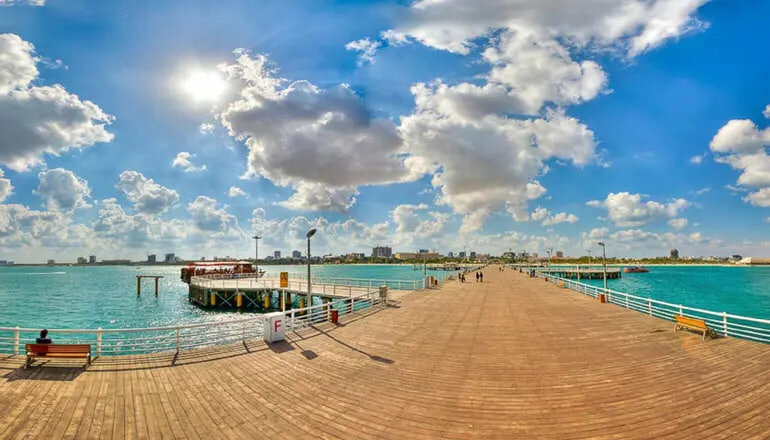Deputy minister urges for compiling comprehensive map of marine tourism development

TEHRAN - Deputy Tourism Minister Anoushirvan Mohseni-Bandpei has urged the necessity for compiling a comprehensive map of marine tourism.
Speaking in a coordinating meeting for the implementation of the maritime development policies which was held with the presence of the Minister of Cultural Heritage, Tourism and Handicrafts, Iranian President's Special Representative, and the governors of the coastal provinces on Tuesday, he said that Iran, with 5,800 kilometers of coastlines and maritime relations with 11 neighboring countries, has the capacity to become the region’s marine tourism hub, Mehr news agency reported.
Explaining the new approaches of the Cultural Heritage Ministry in the field of coastal and marine tourism, he emphasized the need for cooperation between administrative bodies to realize the maritime-oriented economic policies.
Pointing to the country’s unique potentials in coasts of Caspian Sea, Persian Gulf, and Oman Sea, he said that the balanced infrastructure development and sustainable investment on the southern and northern coasts of the country are key elements in realizing the sea-based economy and creating sustainable employment in local communities.
Referring to the activities carried out by the Tourism Department, he stated that in line with the implementation of Article 83 of the Seventh Five-Year Development Plan Law, three meetings of the national marine tourism have been held, and the executive manual for development of coastal and marine tourism has been compiled and notified to the provincial councils.
Also, identifying coastal villages for possible registration on the world heritage list, launching the National Birdwatching Secretariat, and cooperating with the Iranian Ports and Maritime Organization (PMO) to define the tourism routes between the islands have been among the measures taken by this department.
He emphasized the necessity of paying attention to the successful global models in this field, adding that the comparative studies show that marine tourism has a significant contribution to the economic growth in the European Union; in such a way that in 2023, the value-added in this sector has reached 82 billion euros. “By taking advantage of these experiences, Iran can also pave the way for employment development, green investment, and increasing the share of tourism in GDP, while preserving the coastal environment and biodiversity.”
He called the lengthy process of investment, the multiplicity of decision-making institutions, lack of a specific authority for issuing permits on the seabed, lack of standard docks and vessels, and the weakness in coordination between administrative bodies are among the most important obstacles. These problems can only be resolved with an integrated approach and real participation of the private sector, he added.
Mohseni-Bandpei concluded by emphasizing the necessity of preparing a comprehensive plan for the development of marine tourism. “Preparing the national and international routes for marine tourism, holding joint coastal events, facilitating the licensing conditions for recreational vessels, developing tourist piers, and creating handicraft markets in coastal areas are among the main axes of this plan. Marine tourism not only leads to the prosperity of travel and the livelihood of coastal residents, but also plays an effective role in Iran's cultural diplomacy and strengthening the regional relations.”
KD
